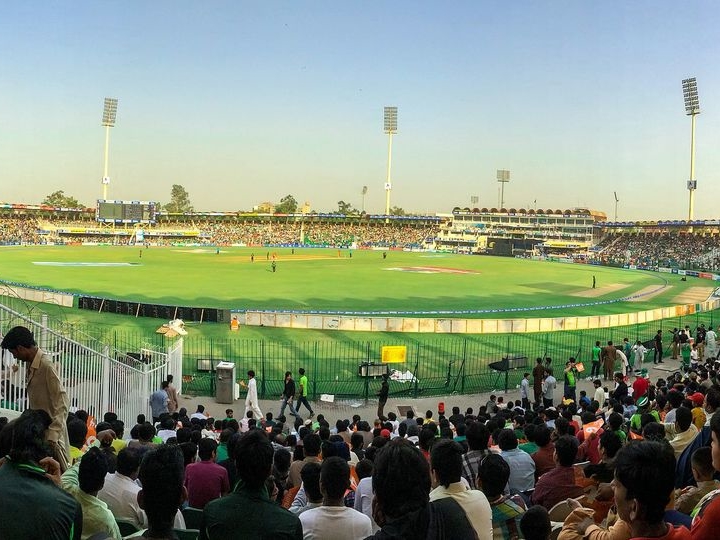The Quaid-e-Azam Trophy is the first-class domestic cricket competition of the highest quality in Pakistan. The tournament is named after the founder of Pakistan, Quaid-e-Azam Muhammad Ali Jinnah, and has been since the 1953 season.
For more than sixty-six years, it has been the main hatching area of the country’s cricket talent, and it has never failed to produce players who later achieved recognition on the international stage.
Why It Matters
It is a fact that this tournament decides the future star cricketers of the country. Through an elaborate pipeline from the grassroots level to the representative level, the competition effectively acts as a pathway for the performing young cricketers to be acknowledged and uplifted to play full international cricket.
This is the platform where the careers of quite a few big international names, like Babar Azam, Sarfaraz Ahmed, and Shaheen Shah Afridi, had their roots and from where they enjoyed great success internationally.
How the Tournament Works
Consisting of both regional and departmental representation of first-class cricket from all over the country, the Quaid-e-Azam Trophy is the cricketing event of the new season.
The Quaid-e-Azam Trophy matches are typically four days long, which is the standard duration for most first-class cricket games globally, aligning with International Cricket Council (ICC) guidelines. While Test cricket matches are played over five days, the Quaid-e-Azam Trophy has primarily featured four-day encounters.
The competition follows a very compact round-robin format, which allows for each team to play their opponents twice and the better team to emerge as the clear winner through this schedule.
Recent Changes and Improvements
The tournament has been kept at the forefront of the game by the Pakistan Cricket Board through their consistent efforts to update it in line with modernity and maintain its prestigious status.
Various upgrades constitute brighter, faster, better-quality playing facilities, airing the whole league on TV, and pink-ball cricket for the more exotic day-night games. These upgrades changed the tournament into an engaging spectacle that has retained the small-market atmosphere of the earlier days and is now easily accessible to fans as well as more appealing to sponsors.
Conclusion
At the Quaid-e-Azam Trophy, players are more than what they are in any domestic cricket tournament. It has become the place where Pakistan cricket’s lifeblood is pumped. By providing them with competitive first-class cricket played under challenging conditions, they would prepare them to be of great service to their country’s senior team. This is where the people of cricket are able to take a glimpse of Pakistan’s future in the sport, and it is thus a must-follow event for everyone who is dedicated to the growth of cricket as a sport.
